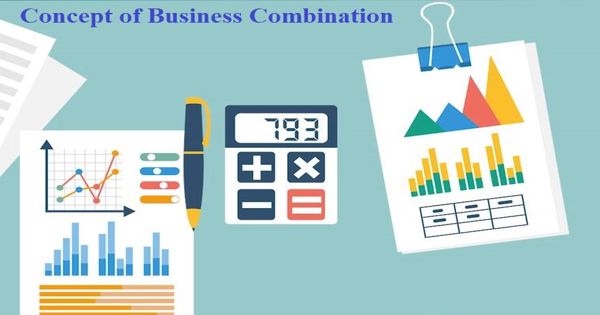A business combination is a transaction in which the acquirer obtains control of another business (the acquiree). It is the process under which two or more business organizations or their net assets are brought under common control in a single business entity. When a voluntary association of firms is formed to achieve common goals and to enjoy the monopoly advantages, that sort of initiative is called a business combination.
A business combination is essentially an event or transaction where an acquirer acquires control of either one or over one business.
A business combination can be managed easily through the way of a voluntary acquisition, a merger, or a hostile takeover. Sometimes firms decide to merge themselves into one unit. Generally, companies doing a similar type of business or involved in a similar line of activities may go for a business combination to get the economies of large scale production and to minimize the possibility of cut-throat competition. The main object of the business combination is to achieve common economic welfare for its members.
A business combination is a transaction in which an acquirer gains control over a business. Business combination results in growth. Other terms applied to the business combination are merger and acquisition. To determine if a business combination has happened, an acquirer must first evaluate whether it has acquired a business or a group of assets. A ‘merger’ refers to a situation where two or more two companies of similar nature combine willingly while an ‘acquisition’ or ‘take over’ refers to the situation where a bigger company takes over a smaller company. A very common approach to business combinations is mergers. As per this particular model, two entities operating in similar area combines their assets with an intention to set up a new entity, which is very strong and efficient in handling competition than would they could have accomplished on their own. A business is an integrated set of activities and assets that can provide a return to investors in the form of dividends, reduced costs, or other economic benefits.
The business combination can take place either through amalgamation or through absorption. A business typically has inputs, processes, and outputs. A development-stage entity may not yet have outputs, in which case you can substitute other factors, such as having begun operations and having plans to produce output and having access to customers who can purchase the outputs.
















